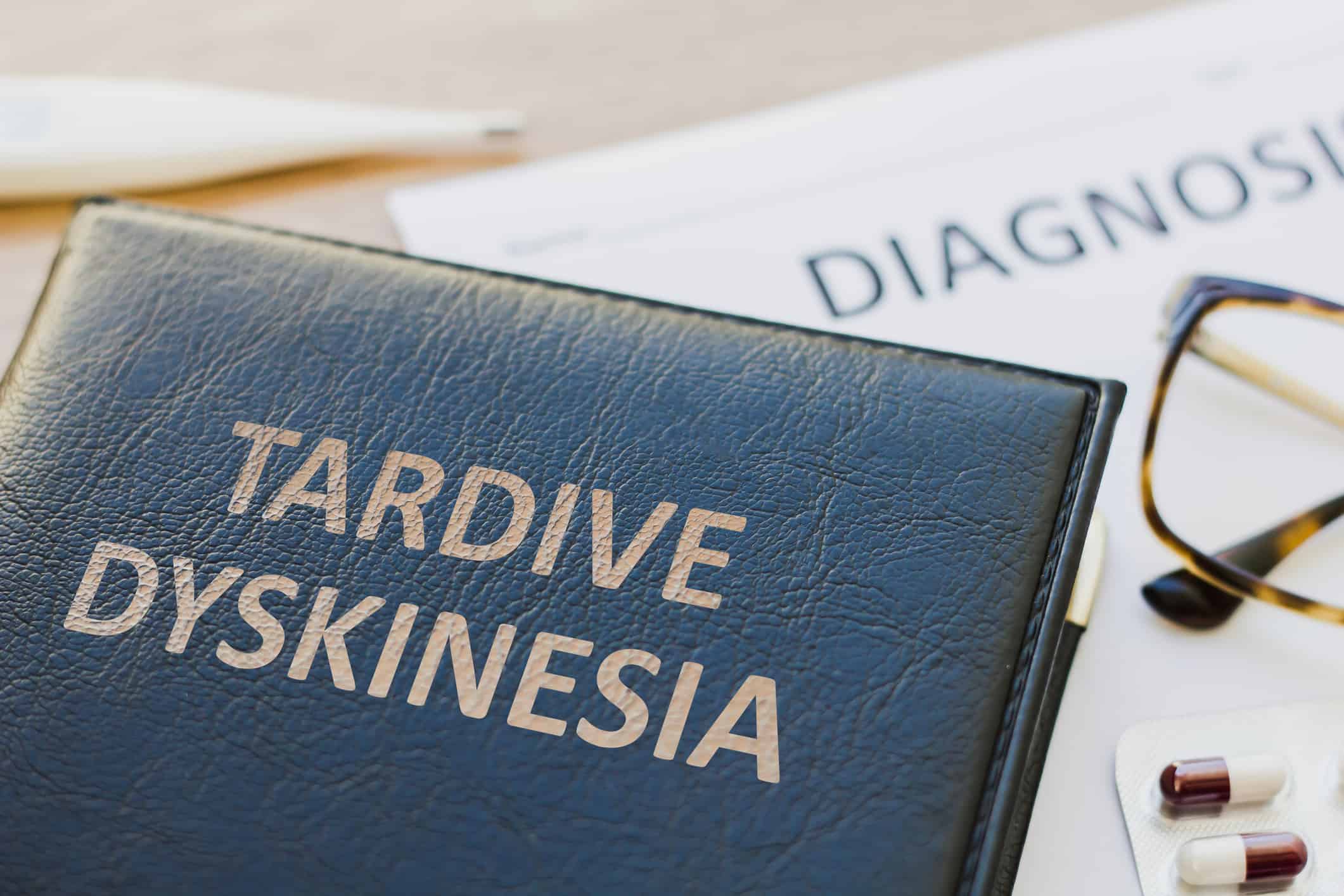The IMPACT-TD scale assesses four domains of functional impairment in tardive dyskinesia (TD) and may enable earlier diagnosis.
“Clinical trials in tardive dyskinesia (TD) assess the severity of movements from baseline to endpoint, and the severity of movements is what drives treatment,” Richard Jackson, MD, explains. “But this doesn’t measure the impact of the movements on patients’ daily lives. The impact of movements is very individualized and has a much greater effect on patients’ lives than we may realize.”
Dr. Jackson points to the differences from occupation to occupation as an example. “The movements are going to affect a painter in a much different way than they would an attorney,” he notes. “As clinicians, we may see the movements as mild, but those mild movements can have a severe impact for patients.”
For a study published in The Journal of Clinical Psychiatry, Dr. Jackson and a panel of other experts developed and assessed the Impact-TD scale, a clinical tool that includes four domains with problems related to TD: social, psychological/psychiatric, physical, and vocational/educational/recreational (Table). The scale ranks the overall impact of these domains from 0 (no impact) to 3 (severe impact).
IMPACT-TD Scale Addresses Multiple Domains of Health
The consensus panel included four psychiatrists, two neurologists specializing in movement disorders, one psychiatric nurse practitioner, one clinical psychologist, and one physical therapist. The panel assessed the negative impact of TD on function and QOL; they also discussed which functional domains are most often influenced by TD and which patient characteristics would help in evaluating the impact of TD in each domain.
Patient characteristics served as the basis for creating specific real-world examples of how TD might cause difficulties with daily functioning. The group evaluated the list of consequences to consolidate similar consequences and categorize each into the appropriate functional domain.
Below are some examples of the problems covered in each of the four domains on the Impact-TD scale:
- Social: Avoidance of interactions and reduced quality of interpersonal communication
- Psychological/Psychiatric: Feelings of sadness, anxiety, and a lost sense of purpose, as well as difficulties treating the primary mental health disorder (such as reduced adherence or discontinuation)
- Physical: Difficulty speaking, chewing, or swallowing, as well as pain from biting the inside of the mouth or clenching of teeth
- Vocational/Educational/Recreational: Problems with performance (such as poor concentration or trouble communicating) and difficulties with colleague/classmate/customer interactions
“Most patients with TD—85%—are still not treated,” Dr. Jackson says. “It primarily affects patients with schizophrenia, and it’s gut-wrenching to hear them say it doesn’t seem like TD is a big deal. The Impact-TD scale addressed the critical need for a tool to assess the influence of the movements, as even what a clinician describes as mild movements may negatively impact the patient.”
Intervening—and Treating—TD Earlier for Greatest Benefit
Dr. Jackson also emphasized the negative impact of TD on the treatment of the primary diagnosis, such as schizophrenia or bipolar disorder.
“We spent decades without good treatments for these psychiatric illnesses, but treating the mental illness created another problem,” he says. “For psychiatrists who are treating something else, TD becomes an adverse event, a subsequent problem. Many of the patients may either decrease or stop their medications for the primary psychiatric diagnosis, which unfortunately makes the movements worse, not better.”
The IMPACT scale provides clinicians with a way “to systematically look at the movements,” he continues. “It can be done by a therapist, a nurse, or a psychiatrist, and it allows the clinician to get a good sense of whether therapy is moving in the right direction.”
He hopes the tool enables clinicians to diagnose the condition—and treat it—earlier.
“As healthcare professionals, we often aren’t vigilant in looking for TD early. We identify it later, when we can’t explain it away,” Dr. Jackson explains. “Look for abnormal movements in your patients and ask if they’re experiencing them. Even though it may be mild, you want to treat it early to prevent moderate and severe disease. If we as clinicians aren’t asking, patients aren’t telling us.”



 Rebecca Shover
Rebecca Shover